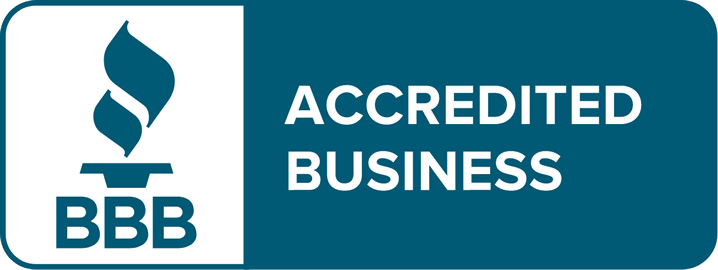If you find that April 15th is quickly approaching and you have not started preparing your tax return, you can get yourself some more time by filing an extension. The good news is that there is no penalty for filing an extension. The bad news is that if you owe taxes, you must pay what you owe by April 15th. Filing an extension will give you until October 15th to file your return. It may be fast and easy, but your application for an extension must be postmarked by April 15th.
When filing for an extension, there are three different ways that you can go about the process. However, in each case, you must complete IRS form 4868 – Application for Automatic Extension of Time To File U.S. Individual Income Tax Return:
- Mail: Complete form 4868 and mail it to the IRS Service Center for your state. Please note that it must be post marked no later than April 15th.
- Online: You can file this form electronically through the IRS website using “free file” or using a third party website that offers this service.
- Payment: If you have an estimated tax payment due, you can pay the estimated tax due via Credit/Debit card or Electronic Federal Tax Payment System (EFTPS) and file the form by mail or online.
Regardless of which path you choose when it comes to filing for an extension, always be sure to keep a copy of the confirmation for your records.
Keep in mind that an extension to file is not an extension to pay — if you owe taxes on April 15th and fail to pay those taxes, you will be subject to ‘failure to pay’ penalties. And to avoid these penalties, make sure you pay what is owed by April 15th.


